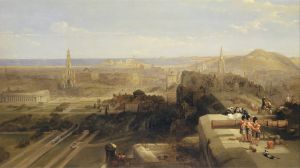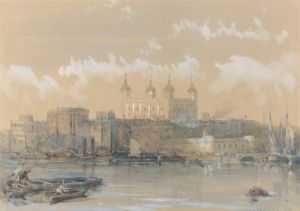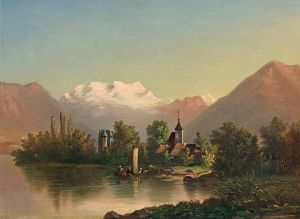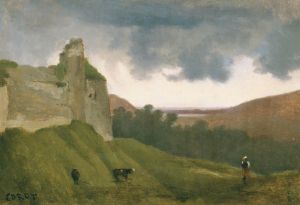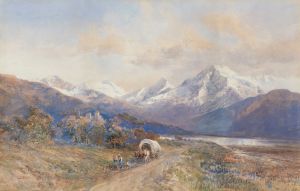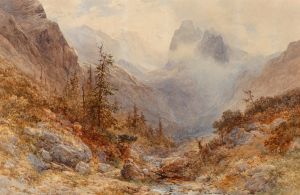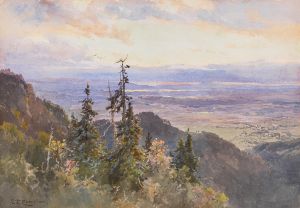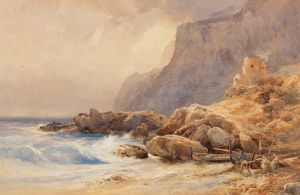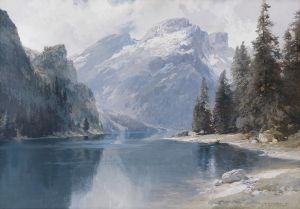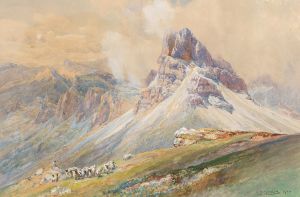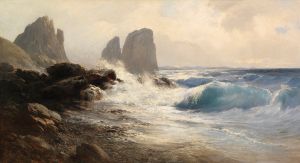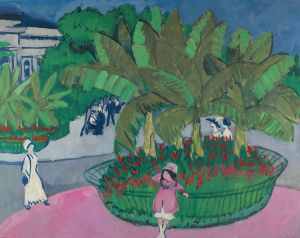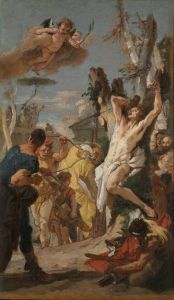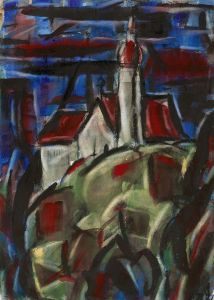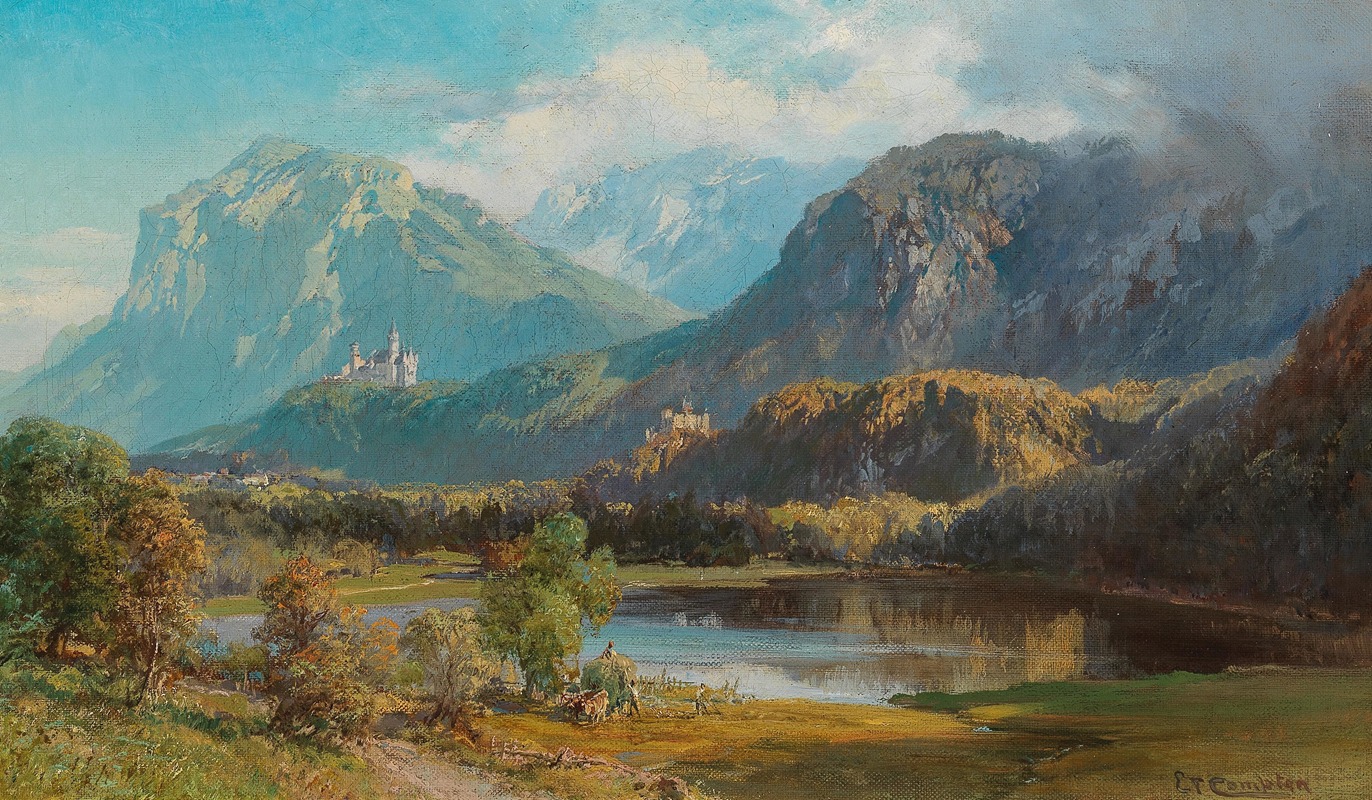
A View of Neuschwanstein
A hand-painted replica of Edward Theodore Compton’s masterpiece A View of Neuschwanstein, meticulously crafted by professional artists to capture the true essence of the original. Each piece is created with museum-quality canvas and rare mineral pigments, carefully painted by experienced artists with delicate brushstrokes and rich, layered colors to perfectly recreate the texture of the original artwork. Unlike machine-printed reproductions, this hand-painted version brings the painting to life, infused with the artist’s emotions and skill in every stroke. Whether for personal collection or home decoration, it instantly elevates the artistic atmosphere of any space.
Edward Theodore Compton was a renowned English-born artist and illustrator, celebrated for his detailed and evocative landscape paintings, particularly of alpine scenes. One of his notable works is "A View of Neuschwanstein," which captures the iconic Neuschwanstein Castle, a 19th-century Romanesque Revival palace located in Bavaria, Germany. This painting exemplifies Compton's skill in portraying the grandeur and majesty of mountainous landscapes, a theme that dominated much of his artistic career.
Compton was born in London in 1849 and developed an early interest in both art and mountaineering. His dual passions led him to travel extensively throughout Europe, particularly in the Alps, where he found endless inspiration for his work. In 1867, Compton moved to Germany, where he would spend much of his life. His relocation to the continent allowed him to immerse himself in the dramatic landscapes that would become the hallmark of his art.
"A View of Neuschwanstein" is a testament to Compton's ability to blend his artistic talent with his love for the mountains. Neuschwanstein Castle itself is a structure that has captured the imagination of many, often described as a fairy-tale castle due to its picturesque setting and romantic architecture. Commissioned by Ludwig II of Bavaria, the castle was intended as a personal retreat and homage to the operas of Richard Wagner, whom Ludwig greatly admired. Construction began in 1869, but the castle was never fully completed due to Ludwig's mysterious death in 1886.
Compton's painting of Neuschwanstein captures the castle's ethereal beauty and its dramatic setting amidst the Bavarian Alps. His use of light and shadow, combined with his attention to detail, brings the scene to life, highlighting the contrast between the man-made structure and the natural landscape that surrounds it. The painting not only showcases Compton's technical skill but also his deep appreciation for the interplay between architecture and nature.
Throughout his career, Compton's work was characterized by a meticulous attention to detail and a profound respect for the natural world. He was a member of several prestigious art societies, including the Royal Academy of Arts in London and the Munich Secession, and his paintings were exhibited widely across Europe. In addition to his artistic pursuits, Compton was an accomplished mountaineer, and he often combined his expeditions with his work, sketching and painting the landscapes he encountered.
Compton's legacy as an artist is closely tied to his ability to convey the awe-inspiring beauty of the natural world. His paintings continue to be celebrated for their technical precision and their ability to evoke the sublime qualities of the landscapes he depicted. "A View of Neuschwanstein" remains a significant example of his work, capturing both the grandeur of the Bavarian Alps and the romantic allure of one of Germany's most famous castles.





